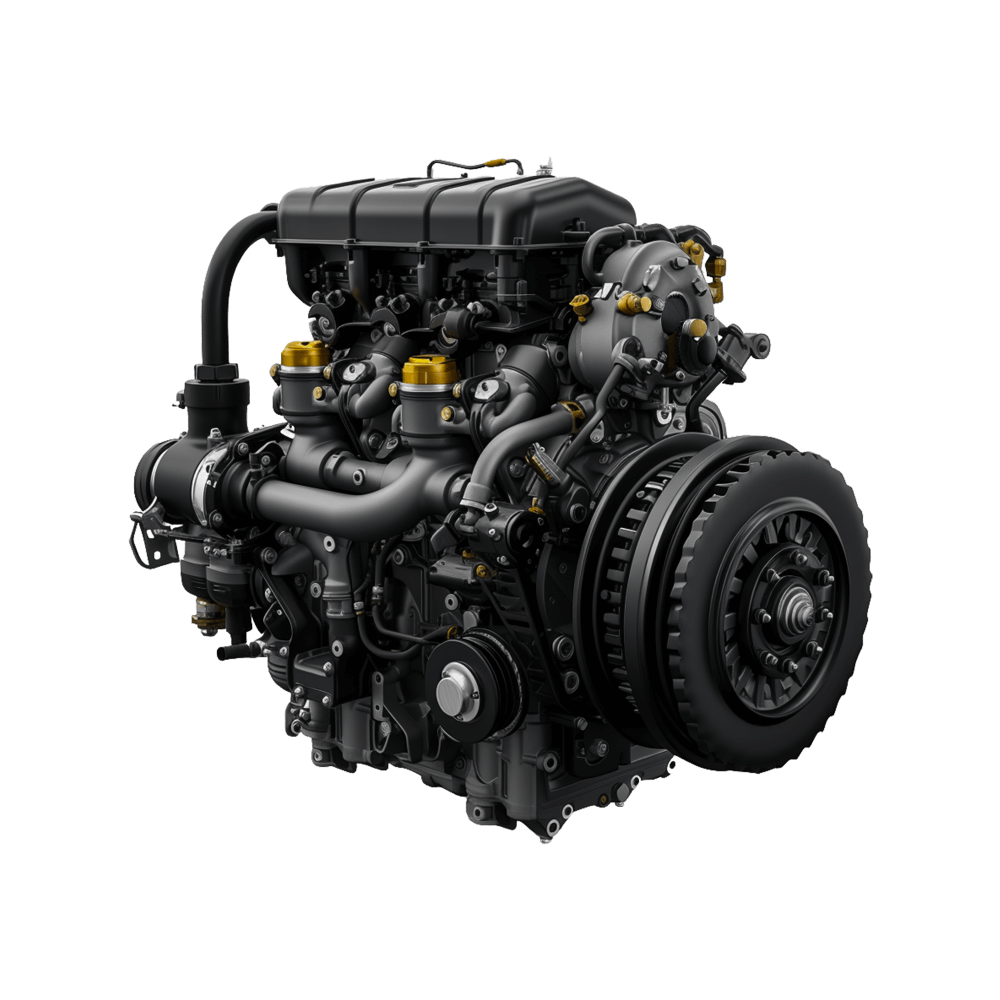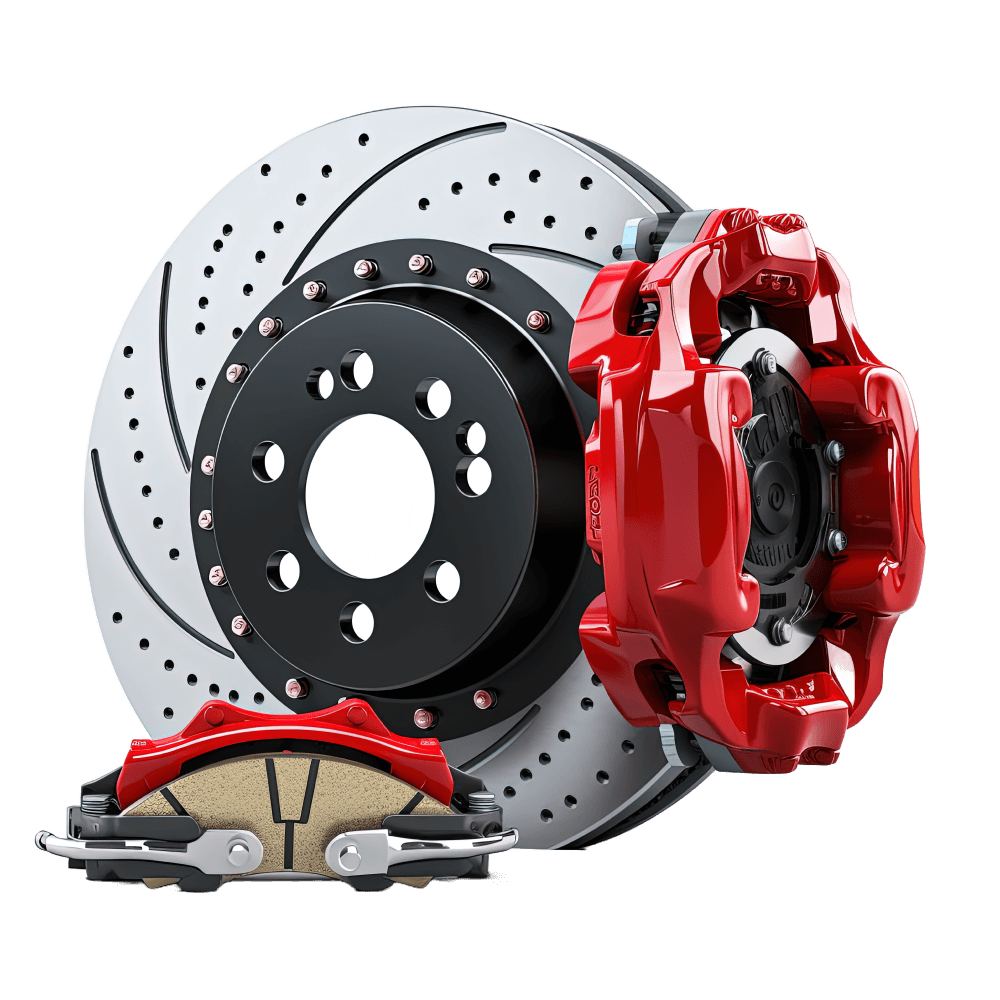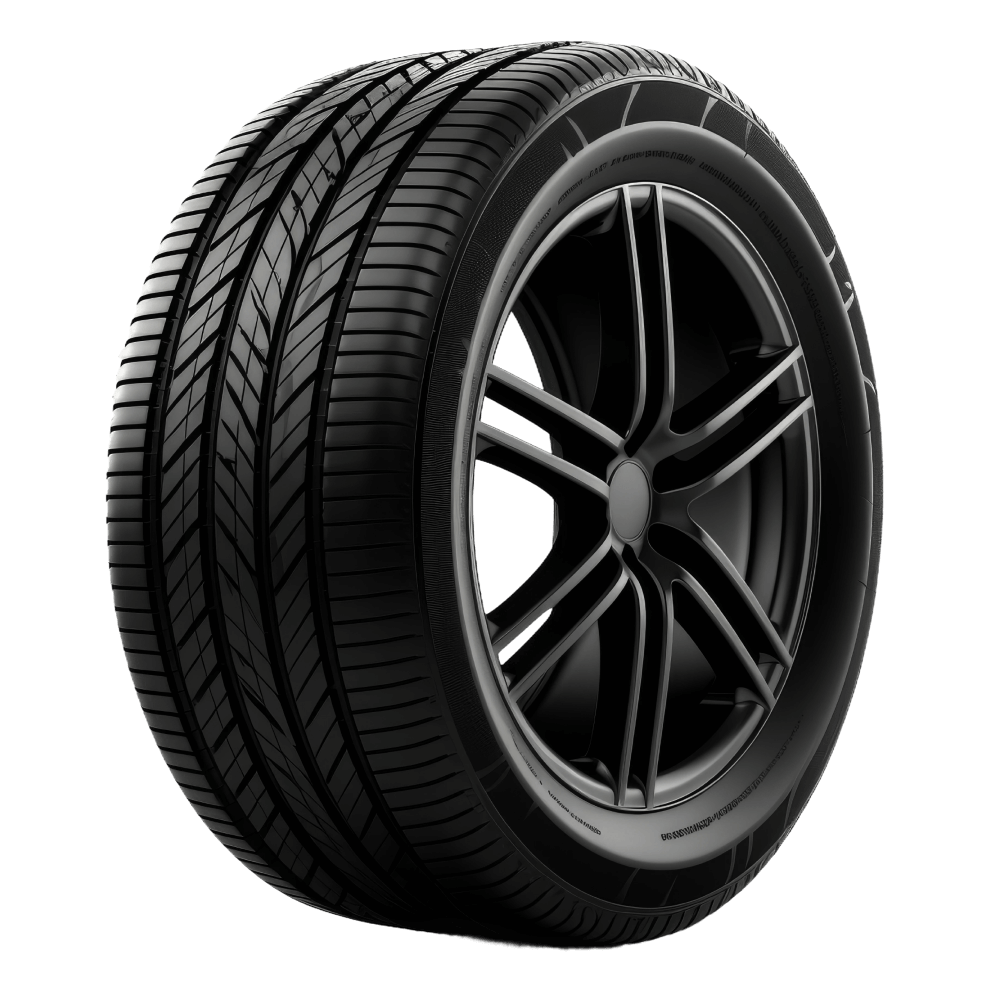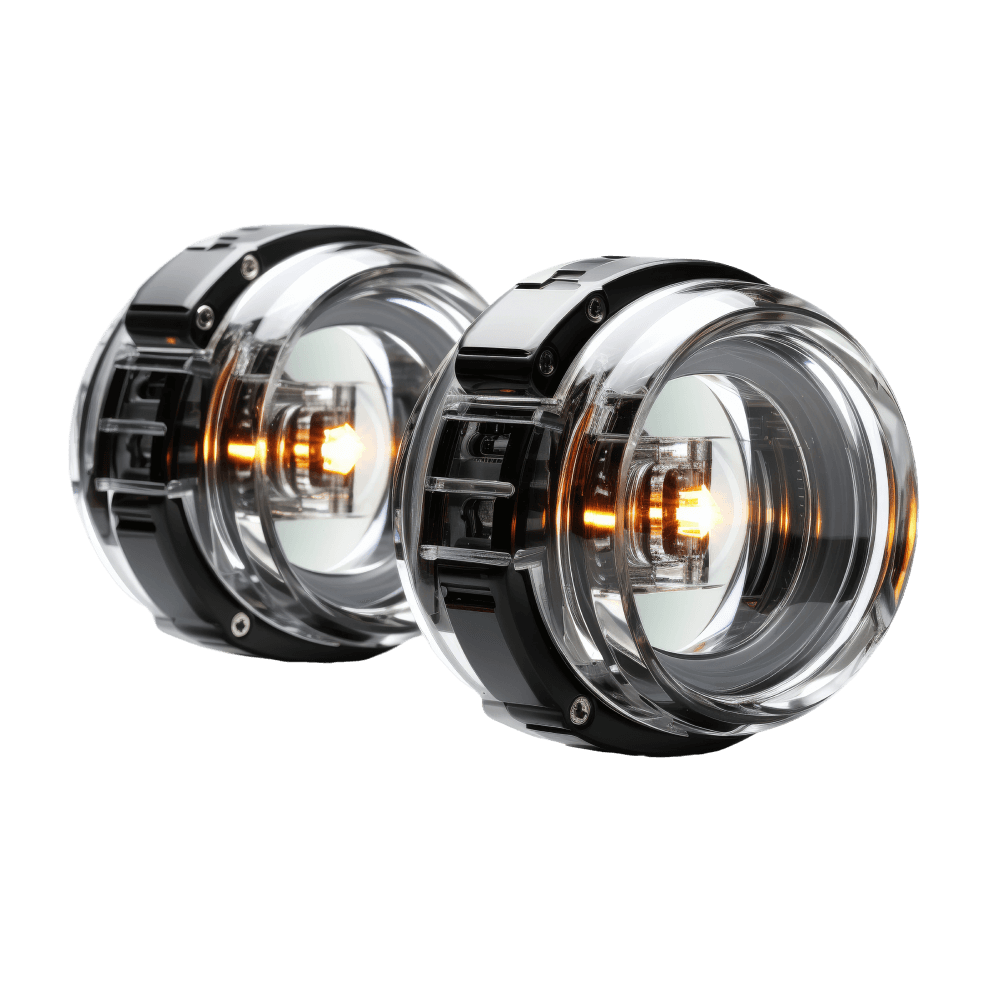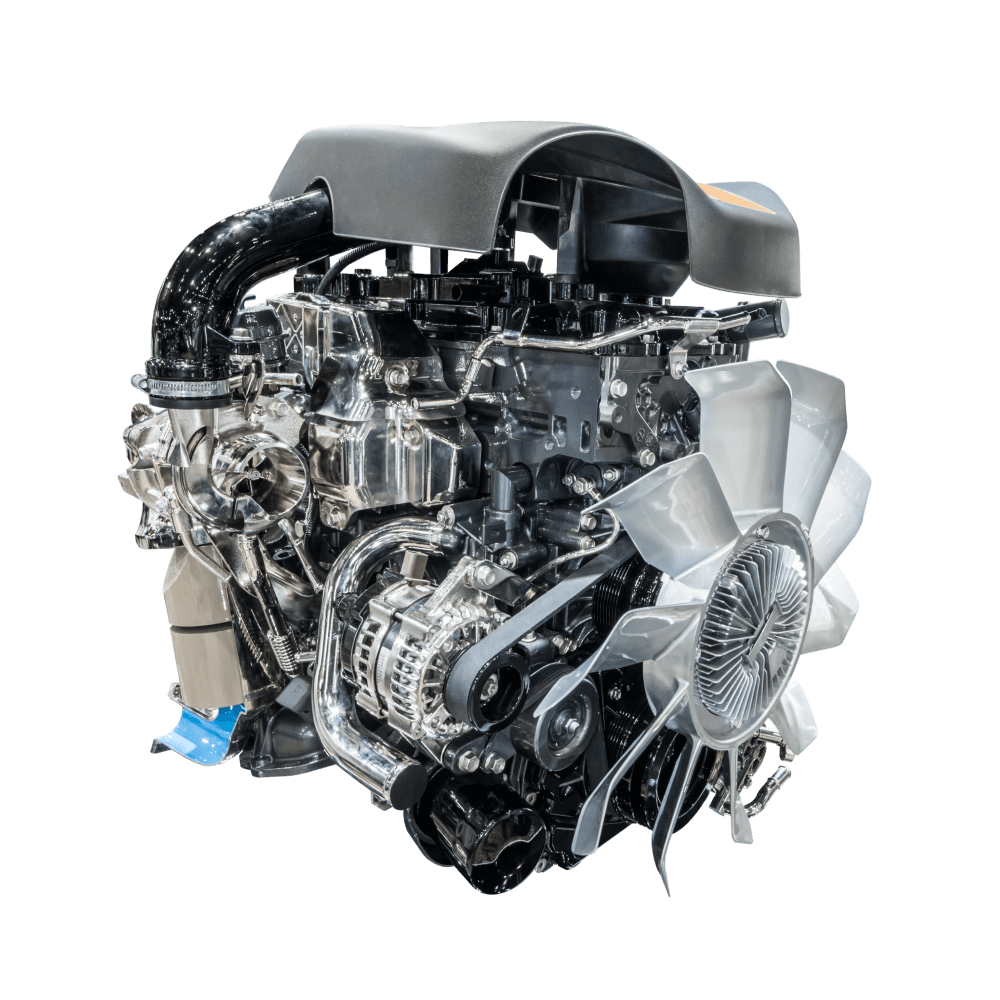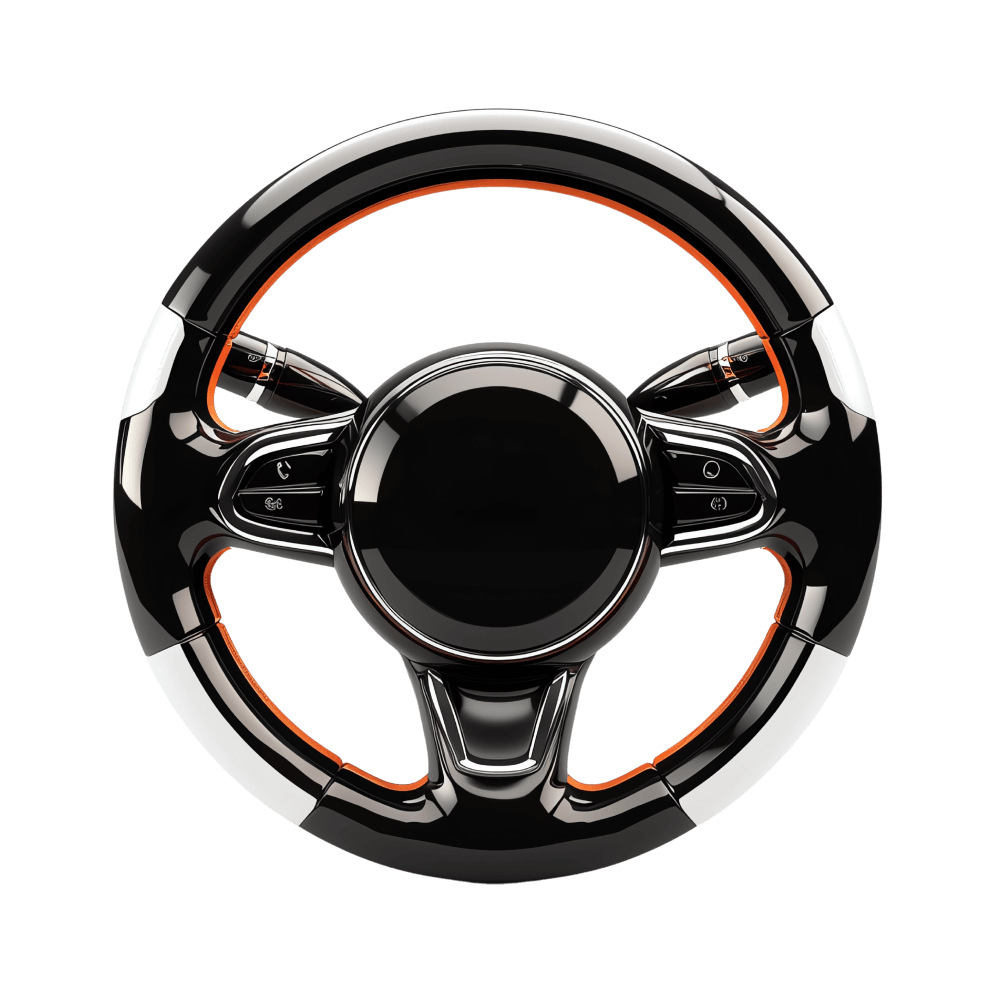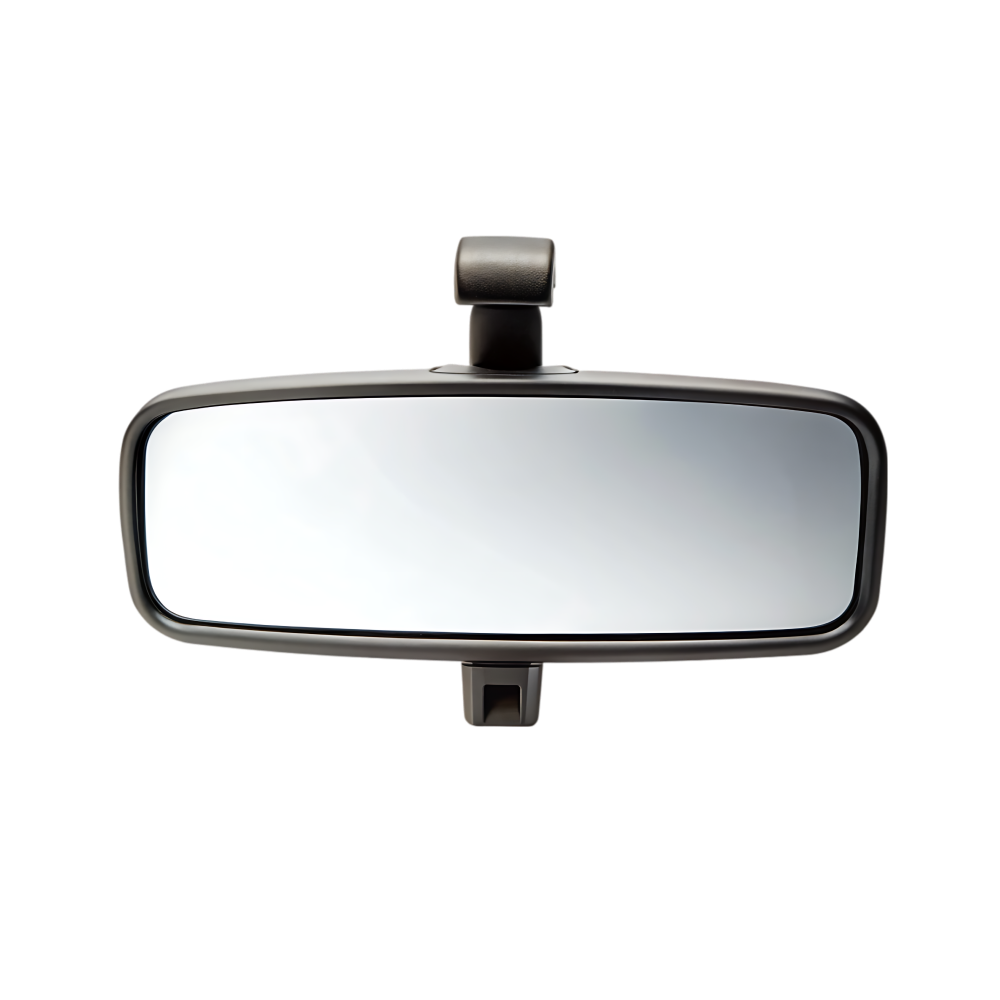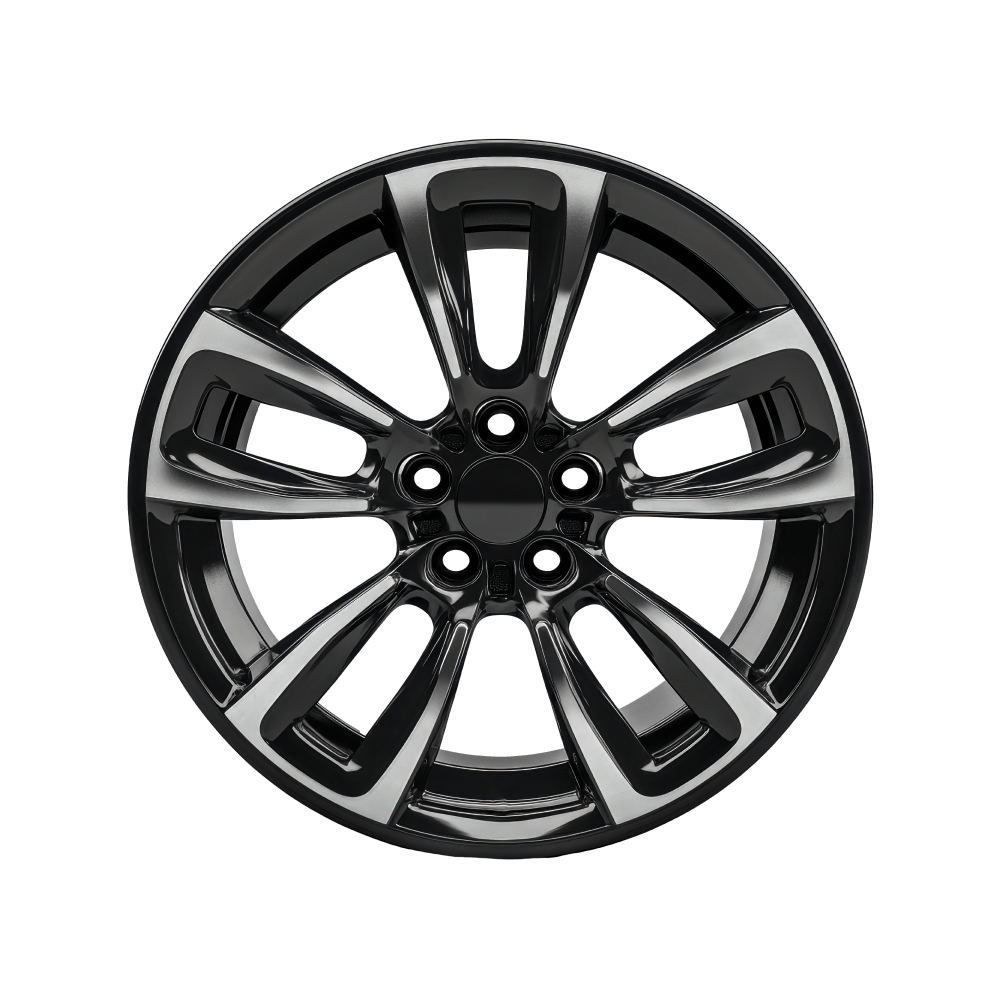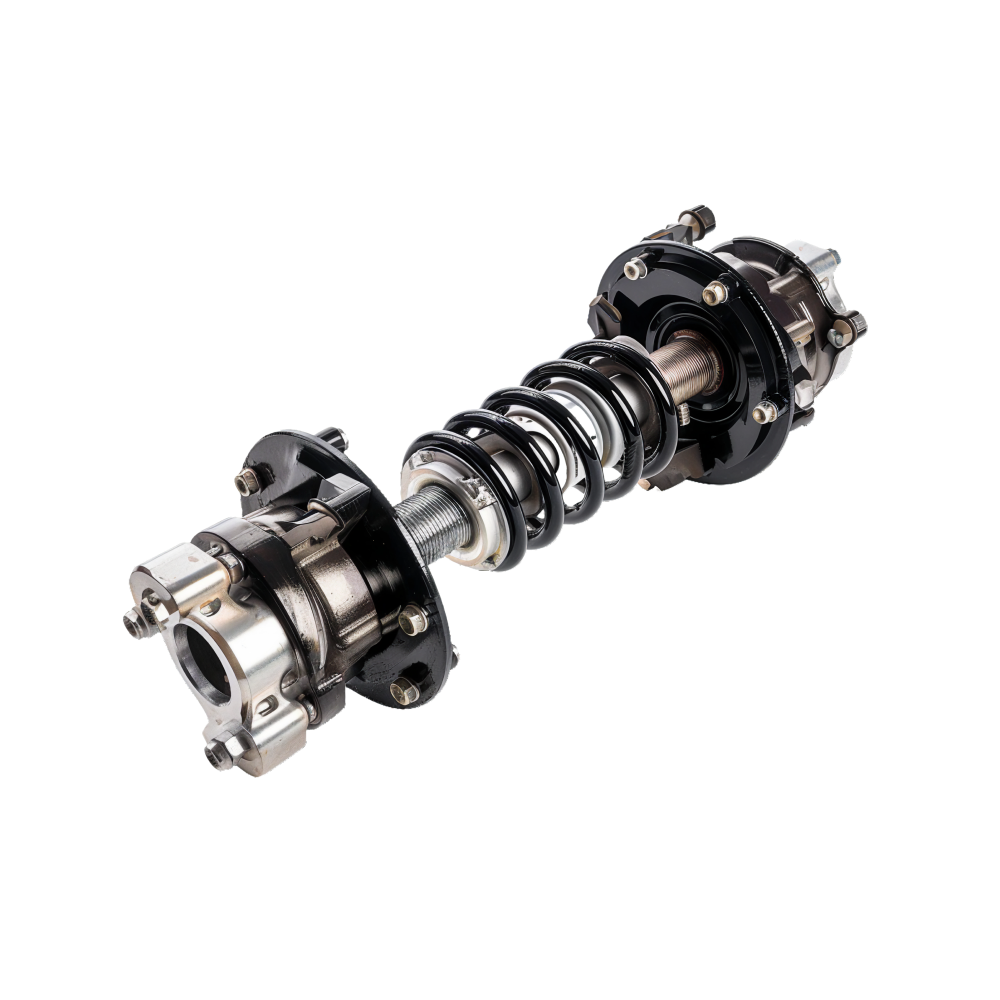In the past 20 years, a raft of new automakers have vied to become the next Tesla—many have gone bankrupt or seem about to
You can save this article by registering for free here. Or sign-in if you have an account.
There’s no way around it: building cars is hard, and convincing people to buy them even more so. One only has to look at the wreckage of the last decade or so to see the scattered hulks of would-be automakers that couldn’t hack it on the extremely competitive modern market, no matter how innovative their designs may have seemed, or how deep-pocketed their investors might have been.
The auto industry has historically undergone periods of rapid expansion and then nearly-as-quick consolidation, most notably during the manufacturing gold rush that followed the Second World War, which ended with a trail of mergers and ultimately bankruptcies as Detroit’s Big Three flexed their economic muscle. The dawn of the electric-vehicle era has put the car business back in a very similar position.
Get your instant cash offer in under 2 minutes.
EVs offer much lower barriers to entry in terms of expertise and investment, as their simpler mechanics and the ability to source third-party battery packs make for cheaper production costs. The software-heavy nature of these vehicles also attracts a certain type of individual willing to divert venture-capital money from more traditional tech-focused businesses, with all the higher appetite for risk that goes with that mentality.
Taken together, this has lead to a blossoming of new car companies that have, in many cases, been quickly felled by the realities of the razor-thin margins and substantial established competition. For every Tesla success story there are a half-dozen failed attempts to replicate it—and another, equally large cohort of companies frantically scrambling to stay in business on borrowed time.
MSRP $45,999 to $79,799
3.25
out of 5
MSRP $56,050
3.50
out of 5
MSRP $66,900 to $104,200
2.75
out of 5
MSRP $109,300 to $130,200
4.00
out of 5
MSRP $103,700
These are our picks of the most prominent attempts to try, and fail, to make the electric car equivalent of “fetch” happen, broken down by how far along the inevitable slide into financial ruin they happen to find themselves.
What was it?
The brain-child of a former BMW executive and a Deutsche Bank CFO, who both bounced off another failing company (Faraday Future) with the dream of selling corporate America fleets of commercial EVs.
What did it build?
Vans! So many vans! Canoo was bullish on a future where rounded, aero-friendly cargo carriers ruled the roads making deliveries and pickups, and also briefly explored the idea of sending some of those haulers to private owners in the form of overlanding-friendly camper conversions.
Why did it fail?
The original plan was for Canoo to sell its ‘Lifestyle Vehicle’ EV as a subscription service. When that didn’t work, it pivoted to cargo vans. When that didn’t work, Canoo was in big trouble. It didn’t help that the company only produced a handful of functional vehicles over a nearly eight-year period, making it difficult to capitalize on the supplier contracts it had signed. When partnerships with both NASA and Hyundai can’t save your company, it’s time to pull the plug, which Canoo did in 2025 via Chapter 7 bankruptcy.
What was it?
Henrik Fisker has parlayed his successful career as an automotive designer (responsible in part for the BMW Z8, BMW X5, and Aston Marin DB9) into a decidedly downward spiral of successive start-ups. The latest failed effort was simply titled “Fisker,” with a focus on luxury EVs.
What did it build?
The Fisker Ocean, a high-end sport-utility vehicle that actually made it into the hands of customers shortly before Fisker once again followed his standard Chapter 11 playbook.
Why did it fail?
Allegations swirl that Fisker knew its finances were in the toilet for many months prior to letting shareholders in on the hard facts. Lawsuits targeting Henrik himself, along with other executives, are currently in progress, and the eleventh-hour failure to court Nissan as a potential corporate guarantor couldn’t save the company, which was bleeding cash. The $1 billion that Fisker raised in investment capital simply wasn’t enough to keep it afloat in the face of manufacturing problems and slowdowns, and serves as a strong indicator of how hard it is to survive as an EV builder.
What was it?
Named after a former General Motors plant that it purchased, Lordstown sought to corner the EV pickup market with a proprietary, full-size design.
What did it build?
The Lordstown Endurance arrived in 2022 after five years of development. Based on a design called the Workhorse W-15, which was purchased from Lordstown CEO’s former company, Workhorse Group, fewer than 50 examples of the all-wheel-drive pickup were eventually built.
Why did it fail?
Production of its only product was originally delayed by the COVID-19 pandemic, then by general disinterest in the truck from customers willing to put down deposits. Follow that up with corporate intrigue which saw the CEO and CFO leave the company in disgrace after revelations that there was no money left in the kitty to start stamping out metal. A disastrous deal with Foxconn Technology to buy the Lordstown plant and subcontract Endurance production led to a lawsuit between the two companies, bankruptcy, and an investigation by the Securities and Exchange Commission into Lordstown misleading its stockholders about its chances for success. Sound familiar?
What is it?
An electric truck manufacturer that has been in business—off and on—since 2014.
What does it build?
Bollinger aimed directly at off-road enthusiasts by copying borrowing the right angles of the traditional Land Rover Defender for the B1 SUV. The B2 pickup features the same resemblance, with an open cargo bed. Both trucks lean into a ‘just the basics’ vibe, but each has yet to leave the prototype phase, nearly eight years after they were first presented to the public.
Why is it doomed?
Delaying your product nearly a decade, with no external revenue to speak of, is rarely a formula for success. The company went completely broke this past year, but is still limping forward on the promise of eventually delivering Class 4 commercial trucks. Bollinger’s former CEO and founder is suing the company for lack of payment on several loans and credit cars it took out in his name, which is rarely a good look.
What is it?
Aptera Motors is convinced the world wants a three-wheeled car, especially if it’s electric, tiny, and exists only in the minds of its executive suite.
What does it build?
Currently nothing—but that’s familiar territory for the Aptera team, which has been trying to get the three-wheeler off the ground since – checks notes – 2006.
Why is it doomed?
Aptera has yet to deliver anything other than prototypes and concepts in nearly 20 years of operation. It’s already gone bankrupt once—all the way back in 2011—and relaunched twice, and its most recent pivot to solar-powered EVs hasn’t helped it gain any traction. Every year sees the announcement of a new on-sale date and a fresh round of funding, but the market for actual three-wheeled Aptera automobiles remains stuck at zero.
What is it?
A joint effort between Chinese and American industrial concerns to produce high-end electric vehicles.
What does it build?
Faraday actually has a product (the FF 91) that it has been building in fits and starts since 2023, nearly a decade after the company was founded. Only a handful of automobiles—16 in total—have actually been delivered to customers, despite well over a billion dollars of investment.
Why is it doomed?
Burning billions is rough on any company, but Faraday in particular has also had to deal with behind-the-scenes chaos that saw its CEO file for personal bankruptcy; and its eviction from its corporate headquarters in Gardena, California. Throw in the fact that it is apparently moving away from its own designs in order to sell Chinese-market vans with LCD screens for grilles, and it’s hard to understand how Faraday has much of a future.
What is it?
The automotive arm of one of Vietnam’s largest business concerns.
What does it build?
VinFast has a respectably diverse line-up of electric vehicles, including two—the VF 7 and the VF 9—that are sold in North America.
Why is it doomed?
While the VF 7 and VF 9 are indeed available in the United States and Canada, they are far from competitive in terms of build quality, reliability, or performance. Selling solely on cheap pricing well over a year into the launch, VinFast is now facing extreme tariff-related headaches if it continues to export to the U.S. The path forward for the automaker doesn’t look good on this side of the Pacific, but it might be able to retreat to its home market and lick its wounds until the economic roil settles.
What is it?
Once the builder of exciting and gorgeous internal-combustion cars, with a history dating back more than a hundred years, Jaguar is now trapped in an EV-focused limbo.
What is it trying to build?
It’s not entirely clear. Jaguar is still selling leftover 2024 internal-combustion inventory, and has showed off a number of polarizing, very high-end EV concept vehicles, but production plans have yet to be announced.
What are its chances?
Jaguar’s own Managing Director has stated the brand expects to lose 85% of its current ownership base as a result of moving entirely into a battery-powered future. For an automaker that was already struggling, that could very well be a death knell.
What is it?
Long-time British sports-car brand, now under Chinese ownership.
What is it trying to build?
Founder Colin Chapman’s famed credo to “simplify and add lightness” has long guided Lotus cars, but that edict faced serious challenges when parsing the heavy batteries associated with electric vehicles. This is one factor in the company’s decision to move away from pure EVs and instead squeeze more life out of internal-combustion engines through hybrid designs—a choice that effectively orphans the Eletre EV SUV currently on the market, as well as the Evija EV supercar.
What are its chances?
Lotus has always been a boutique automaker, which could help it stay afloat even if sales are modest. Development costs for hybrid models aren’t cheap, however, and the now-abandoned EV investment no doubt looms large on the company’s ledger.
What is it?
A luxury brand that leans on Ferrari drivetrains and gorgeous sheet-metal to stay prominent in the minds of well-heeled buyers.
What is it trying to build?
Maserati announced it will go all-electric by 2028. Currently, it has precisely zero electrified offerings for sale, missing a self-imposed deadline to have at least a few battery-assisted models in the line-up by 2025.
What are its chances?
Corporate overlord Stellantis has walked away from major investment in Maserati, which makes it unlikely that electrification will proceed on a reasonable timeline. The company could survive as a niche brand selling small-batch supercars, but its best chances to embrace EVs would be a sale to another company looking to leverage the badge for its existing hardware.
Sign up for our newsletter Blind-Spot Monitor and follow our social channels on X, Tiktok and LinkedIn to stay up to date on the latest automotive news, reviews, car culture, and vehicle shopping advice.
No impact on your credit score
Postmedia is committed to maintaining a lively but civil forum for discussion. Please keep comments relevant and respectful. Comments may take up to an hour to appear on the site. You will receive an email if there is a reply to your comment, an update to a thread you follow or if a user you follow comments. Visit our Community Guidelines for more information.
Stylish new OEM upgrade adds serious safety and visibility
The most effective piece of theft protection you can get for a bike also happens to be the easiest one to use
You don’t need a holiday to do something nice for mom; stock up her car with these essential car accessories
There’s lots of aftermarket gear out there, but get these add-ons first—they’ll make your daily drive more comfortable and safe
GM’s ‘K2XX’ trucks were less flashy than Ford or Ram, but a strong competitor for the time
365 Bloor Street East, Toronto, Ontario, M4W 3L4
© 2025 Driving, a division of Postmedia Network Inc. All rights reserved. Unauthorized distribution, transmission or republication strictly prohibited.
This website uses cookies to personalize your content (including ads), and allows us to analyze our traffic. Read more about cookies here. By continuing to use our site, you agree to our Terms of Use and Privacy Policy.
Edit your picks to remove vehicles if you want to add different ones.
You can only add up to 5 vehicles to your picks.
You can manage your saved articles in your account and clicking the X located at the bottom right of the article.
You can manage your saved articles in your account and clicking the X located at the bottom right of the article.


